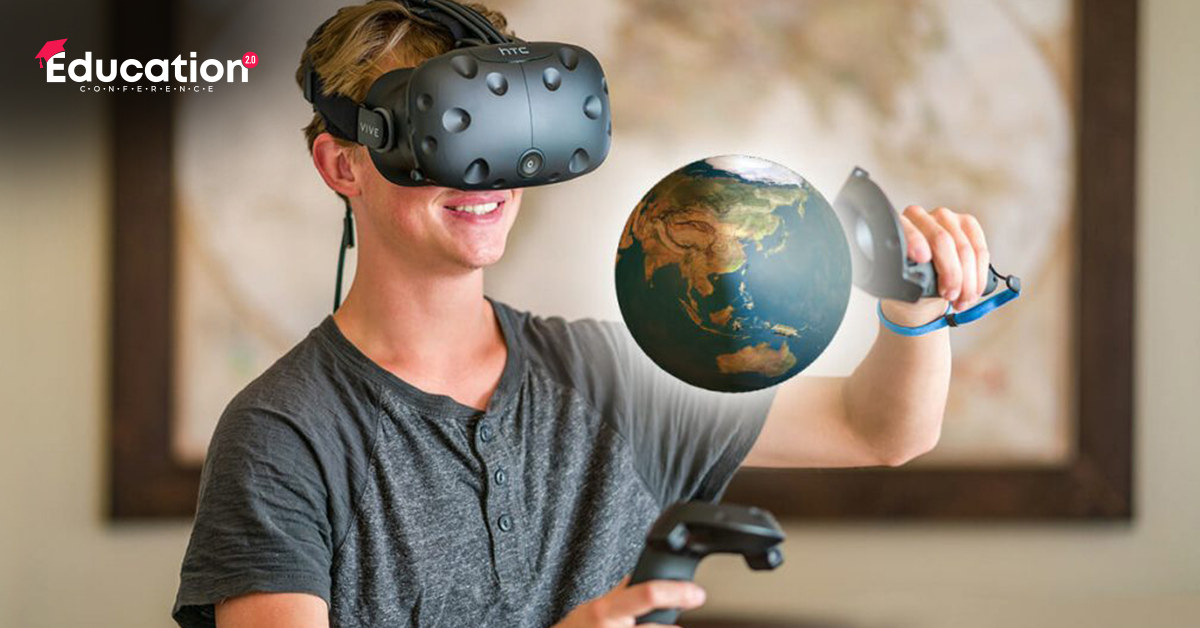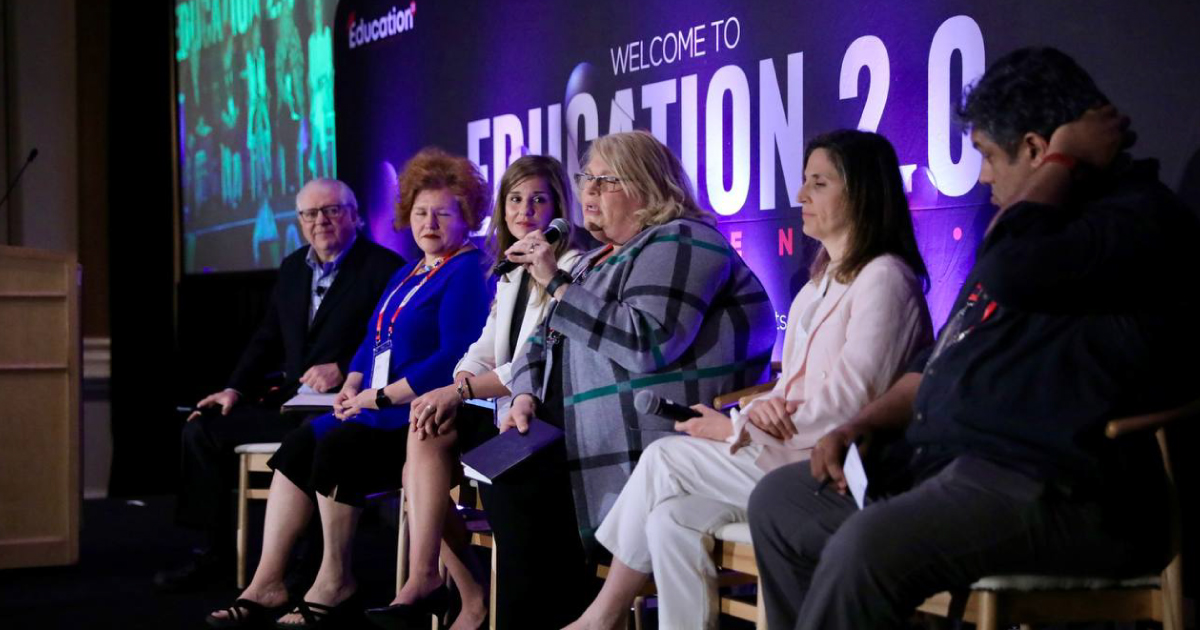With decreasing attention spans of children and overwhelming shifts in teaching mediums in the past few months, educators have had to come up with novel ways to impart knowledge in the classroom — both offline and online.
In this scenario, gamifying the learning process has proven to be an extremely effective approach that not only boosts student engagement but also makes the entire experience fun and wholesome. As reviewed at top education conferences, it motivates students to assume control of how they learn and also fosters a positive environment in the classroom.
What Is Gamification?
To explain it simply, gamification involves the application of game-design elements and gaming mechanics into non-game environments and contexts, such as in the realm of education. Interestingly, major corporations have embraced gamification as an efficient training model for the onboarding and reskilling of their employees. Not only this, but we have also come across instances of companies — such as Microsoft — using game elements to simplify new software tools for their end users.
Gamification can be particularly helpful in enhancing how young learners interact with, approach, and absorb new information. In a typical gamified environment, learners are given tasks that tap into their natural inclinations to socialize, compete, discover new things, express themselves, as well as solve problems.
Giving students badges or ‘trophies’ (instead of marks or grades) after they complete a particular task would be a great example of how educators usually gamify learning processes in the traditional classroom.
Benefits Of Gamification
Many educators and renowned leaders have talked about the advantages of embracing elements of gaming in the classroom at post-COVID-19 education conferences in the USA. Here are some of the perks of gamification:
-
Learners have more freedom to interact with learning materials at their own pace
-
Encourages students to work together and learn from the mistakes they make
-
Motivates them to use their critical thinking abilities and nurtures their curiosity
-
Progress levels and material understanding can be assessed easily
-
Enhances concentration levels and prompts students to take a proactive approach
-
Makes them receptive to the learning process
-
Helps them to personally witness the applications of theories and concepts in real-world situations.
Signing Off
Gamification stimulates and triggers the brain’s reward and pleasure centers. Therefore, it is not surprising that educators around the world have achieved positive results after imbibing the basic tenets of gamification in the classroom.
What are the challenges that you may face as an educator or an administrator when you adopt gamification? What can you do to implement such models in your classroom seamlessly? These are just a few questions that you may have if you are interested in this subject.
To get your questions answered, do attend our upcoming education summits in Las Vegas and Dubai. At the Education 2.0 Conference, you will meet with well-known gamification experts, EdTech consultants, and advisors who are at the forefront of developing methodologies to incorporate game elements into learning processes. Here, you will also get the opportunity to network and learn from fellow educators who have successfully adopted such models across grade levels.












